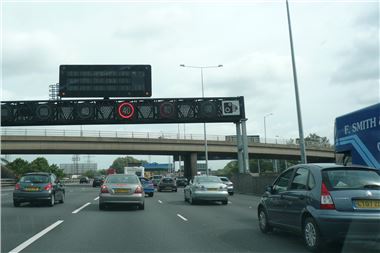6% of Crashes Caused By Lane Changing

More than 6% of crashes on UK roads are the result of ‘lane change’ manoeuvres, causing vehicle damage in excess of £437 million each year, according to new research by Accident Exchange.
The study, conducted by the leading accident management company, of more than 50,000 accidents also shows the number of ‘lane change’ collisions have risen by 48% in just two years.
In the majority of cases, the ‘at fault’ driver changes lanes without indicating and collides with another vehicle. Poor rear or side visibility and driving ‘without due care and attention’ are cited as the typical causes.
The new Accident Exchange data suggests annual lane change accidents now top 152,000. The average cost of each accident is approximately £2,876 in repairs, which excludes the financial impact on emergency services and the lost labour hours from dealing with garages and insurance companies.
There were an estimated 2.5m accidents in 2010 on UK roads.
Department for Transport figures show that simply failing to check for another vehicle is the most frequently reported contributory factor (38%) to an accident. Poor all-around visibility from large door pillars can make matters more difficult still.
In the majority of incidents, the ‘at fault’ party moved from the right to the left, striking the driver’s side of the innocent motorist’s car.
“The sharp rise in drivers seemingly unaware of the presence of another vehicle in an adjacent lane is pretty startling,” said Lee Woodley of Accident Exchange.
“Today’s cars are packed with ‘active’ safety equipment, but for some vehicles strengthened frames can mean reduced visibility and larger blind-spots. Older cars tend to have slimmer pillars which don’t obscure the driver’s view to the side or rear as much. This is certainly part of the problem.”
In 2005, the Driving Standards Agency, which regulates driving tests, took the step of banning the new Mini Convertible because examiners complained about its poor rear visibility.Â
Last year, Which? Car compiled a list of the best and worst cars for visibility in which the Smart ForTwo Coupe came top, and the Porsche Boxter came last.
The Accident Exchange research was based on 50,000 claims handled between 2009 and June 2011.



.jpg)






Add a comment